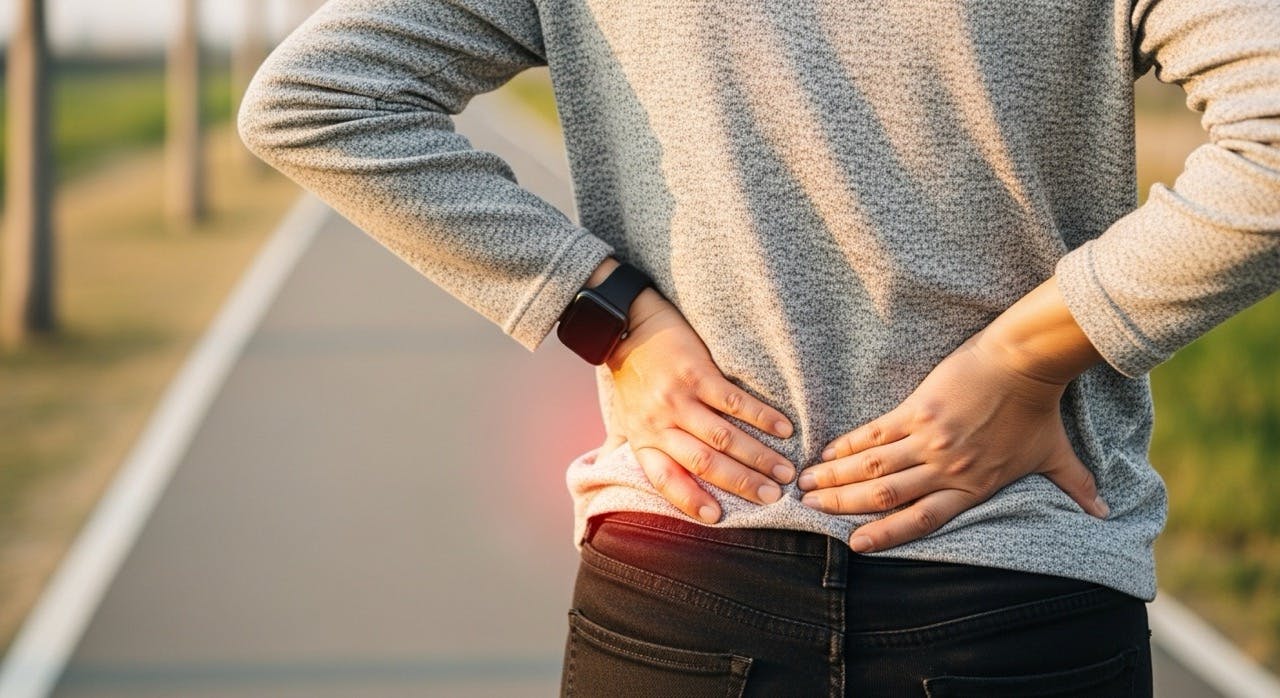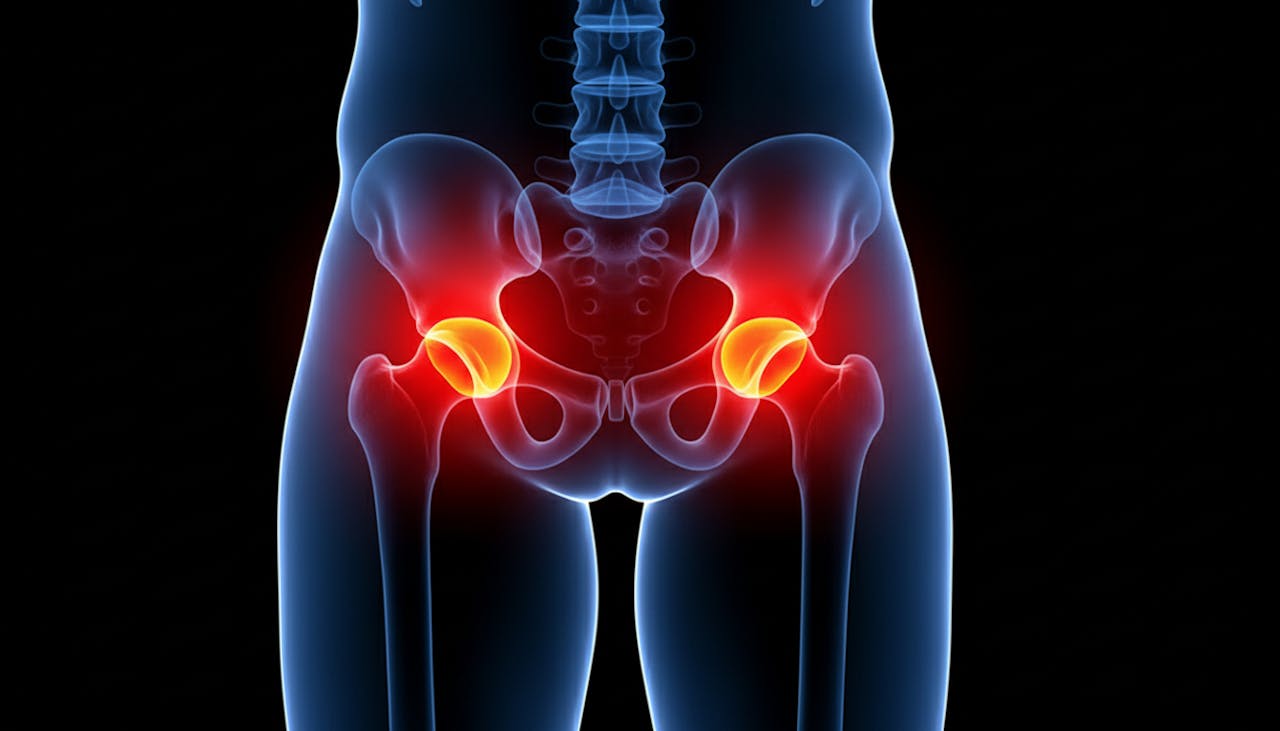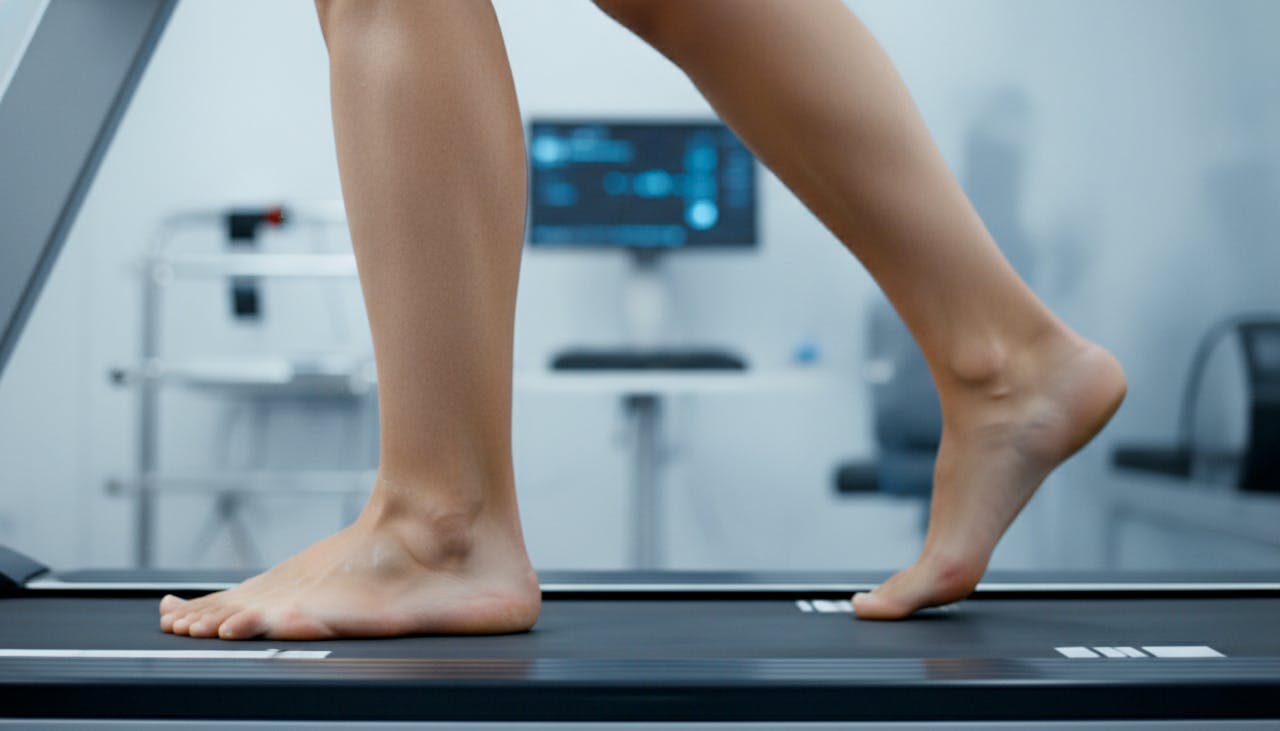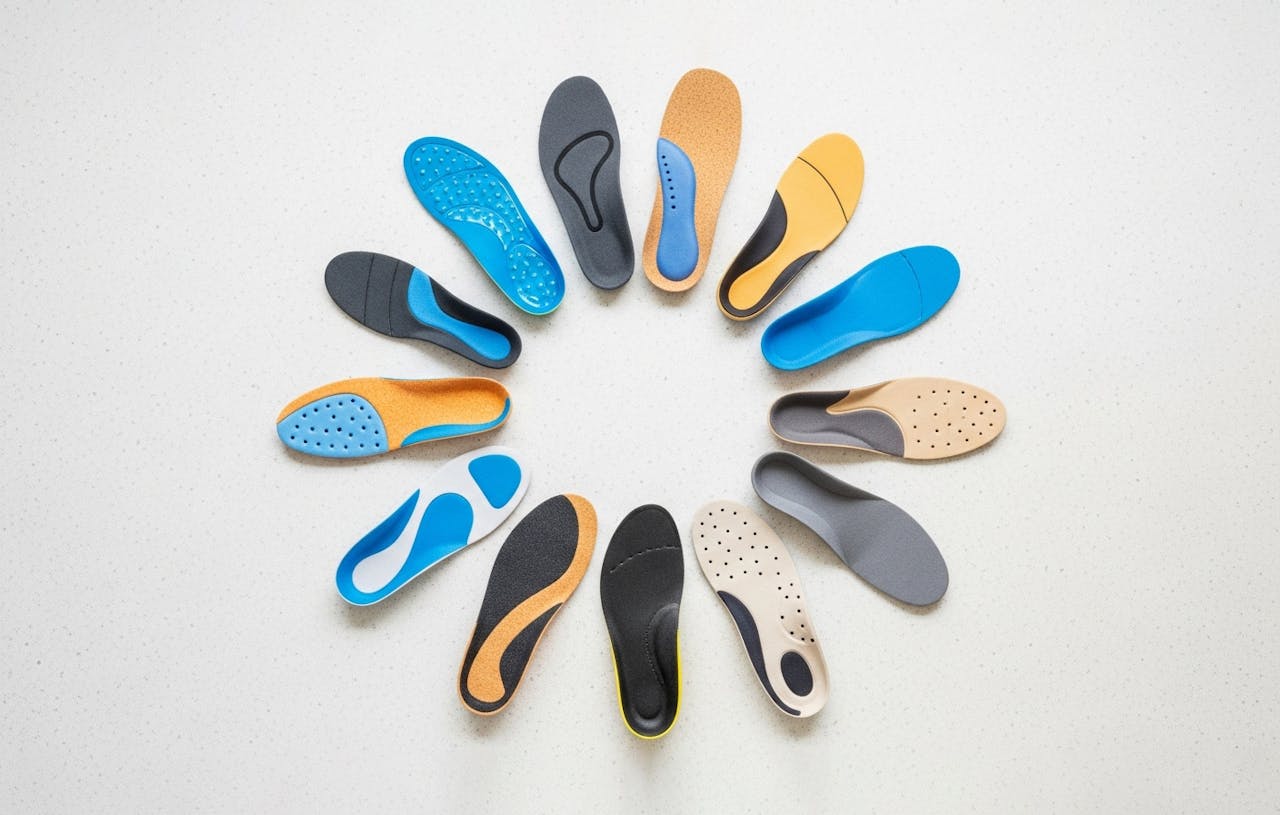
Femoroacetabular Impingement (FAI)
Femoroacetabular Impingement (FAI) is a condition where the bones of the hip joint do not fit together perfectly, causing friction and pinching that leads to groin pain, stiffness, and reduced movement.
Overview
What is it?
The hip is a ball-and-socket joint. The femoral head (top of the thigh bone) fits into the acetabulum (socket of the pelvis). In FAI, bony irregularities—either the ball is not perfectly round, or the socket is too deep—cause the bones to rub abnormally against each other during movement. Over time, this friction can damage the cartilage and the labrum (the ring of cartilage that seals the socket).
How common is it?
It is quite common, particularly in young to middle-aged active adults. It is frequently seen in athletes whose sports involve deep squatting or twisting, such as football, hockey, and ballet, though symptoms may not appear until later in life.

Symptoms & Causes
What are the symptoms?
The classic symptom is deep pain in the groin area, though it can also be felt on the outside of the hip or lower back. You might also experience stiffness, limping, or a clicking, catching, or locking sensation in the joint.
What does it feel like?
Patients often describe a deep ache that gets worse with prolonged sitting, walking uphill, or activities that involve deep hip flexion (like squatting or tying shoelaces). Getting in and out of a low car can be particularly uncomfortable.
What causes it?
FAI is primarily caused by the shape of your bones, which usually develops during childhood growing years.
- Cam Impingement: The femoral head is not perfectly round and cannot rotate smoothly inside the socket.
- Pincer Impingement: The socket covers too much of the femoral head, causing the neck of the thigh bone to bump against the rim of the socket.
- Combined: Often, both types are present.
Some health conditions can include:
- Labral Tears: The repetitive pinching often tears the cartilage ring (labrum) within the joint.
- Early Osteoarthritis: If left unmanaged, the constant friction can wear away the joint cartilage prematurely.

How is it Diagnosed?
At Foot Factor, we assess FAI as part of a "kinetic chain" examination—understanding how your foot mechanics might be forcing your hip into painful positions.
What tests are used to diagnose it?
- Impingement Tests: We use specific physical maneuvers, such as bringing your knee up towards your chest and rotating it inwards (FADIR test), to see if this reproduces your familiar groin pain.
- Gait and Biomechanical Analysis: We observe how you walk. If your feet roll in excessively (overpronation), your thigh bone (femur) is forced to rotate internally, which can dramatically increase the "pinch" in the hip joint with every step.
- Imaging Referral: To confirm the exact shape of the bones, X-rays or an MRI scan are usually required, for which we can provide a referral if needed.
Foot Factor provides Expert Podiatry Treatment Tailored to You.
At Foot Factor, our podiatrists specialise in diagnosing and treating foot pain with precision and expertise. With advanced gait analysis, bespoke orthotics, and sports-focused podiatry care, we don’t just identify the problem—we provide a targeted solution to get you back to moving pain-free. Book a consultation today and take the first step toward lasting relief.

How is it Treated?
While we cannot change the shape of your hip bones without surgery, we can significantly reduce the symptoms by improving how your hip moves through better biomechanics.
- Biomechanics & Orthotics: This is our primary intervention. If poor foot function is causing your femur to internally rotate and "jam" into your hip socket, custom orthotics can correct this alignment from the ground up. By stabilising the foot, we can reduce the rotational torque at the hip, often providing significant pain relief during walking and running.
- Activity Modification: Advising you to avoid deep ranges of motion (like deep squats) that actively pinch the joint while it settles down.
- Rehabilitation: Working to strengthen the gluteal muscles to better support the hip and prevent it from dropping inwards during movement.
- Surgical Referral: In cases where conservative measures do not provide enough relief, hip arthroscopy (keyhole surgery) may be needed to reshape the bone and repair any labral tears.
Our Bespoke Orthotics give you the Right Support for Long-Term Relief.
At Foot Factor, our podiatrists specialise in diagnosing and treating foot pain with precision and expertise. With advanced gait analysis, bespoke orthotics, and sports-focused podiatry care, we don’t just identify the problem—we provide a targeted solution to get you back to moving pain-free. Book a consultation today and take the first step toward lasting relief.
Related Articles
Find expert tips, advice, and insights to support your foot health and active lifestyle.


